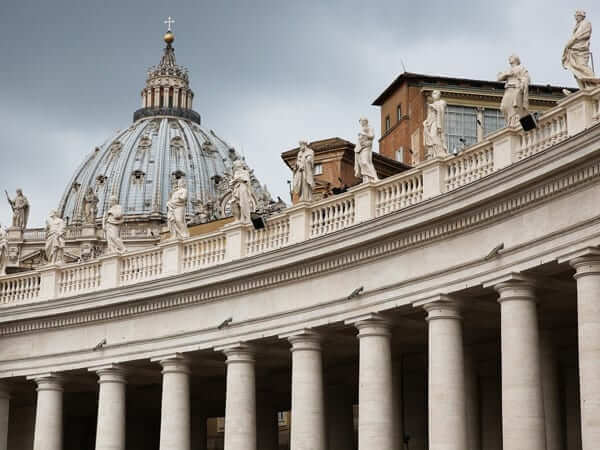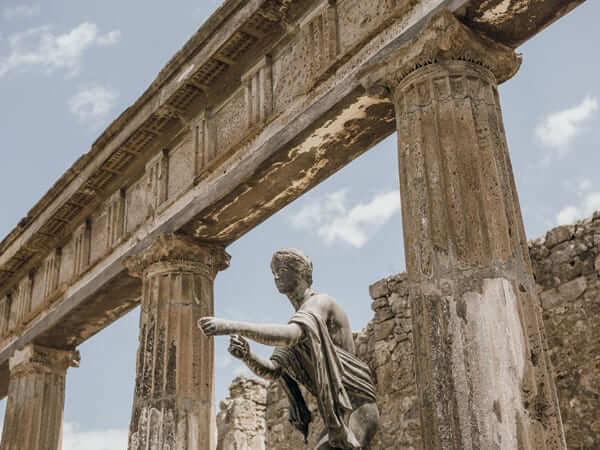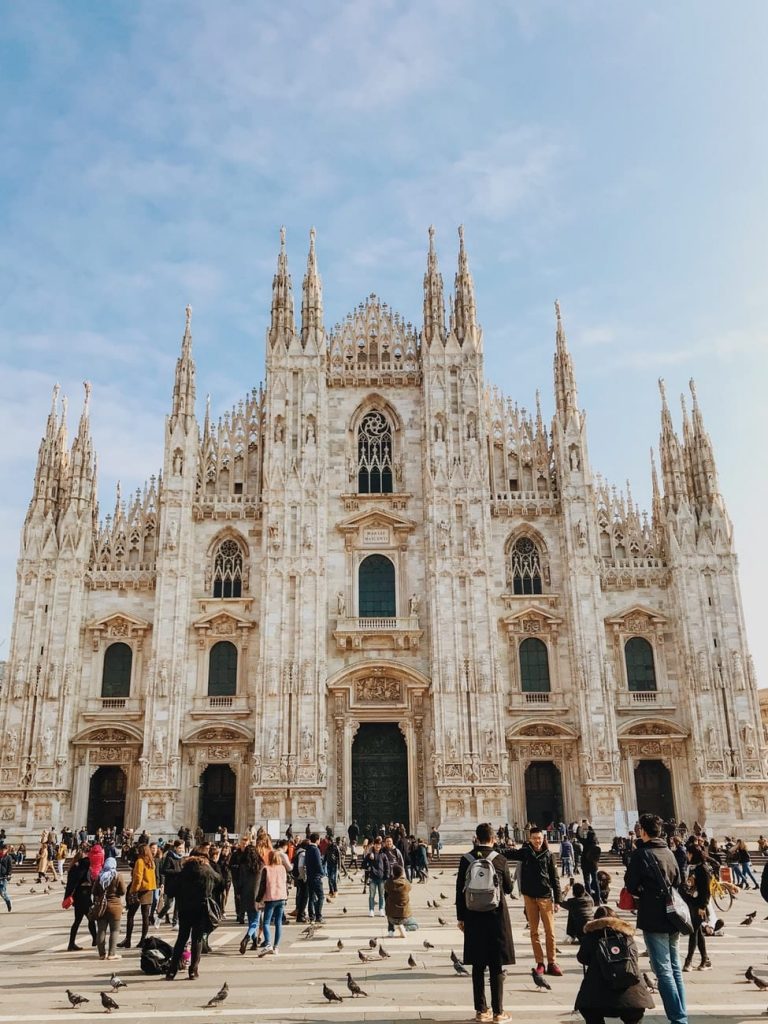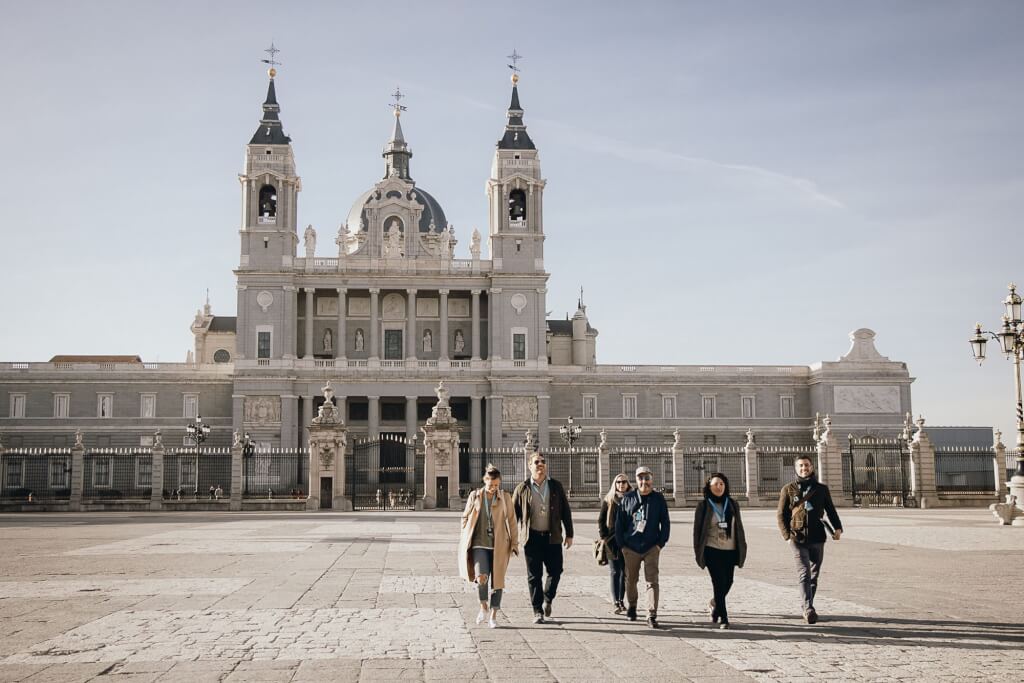
7 Unique Italian New Year Traditions: Celebrate Capodanno Like a Local
December 22, 2024
Around the world, special customs and rituals mark the arrival of the New Year, and Italy is no exception. The Italian New Year, or “Capodanno,” is a time-honored celebration filled with rich Italian New Year traditions and a dash of superstition. From festive feasts to symbolic gestures of good fortune, these customs reflect the joy and optimism Italians embrace as they welcome the year ahead.
Join us as we explore the unique world of Italian New Year traditions, uncovering seven of the most cherished and celebrated practices that make this holiday truly special.
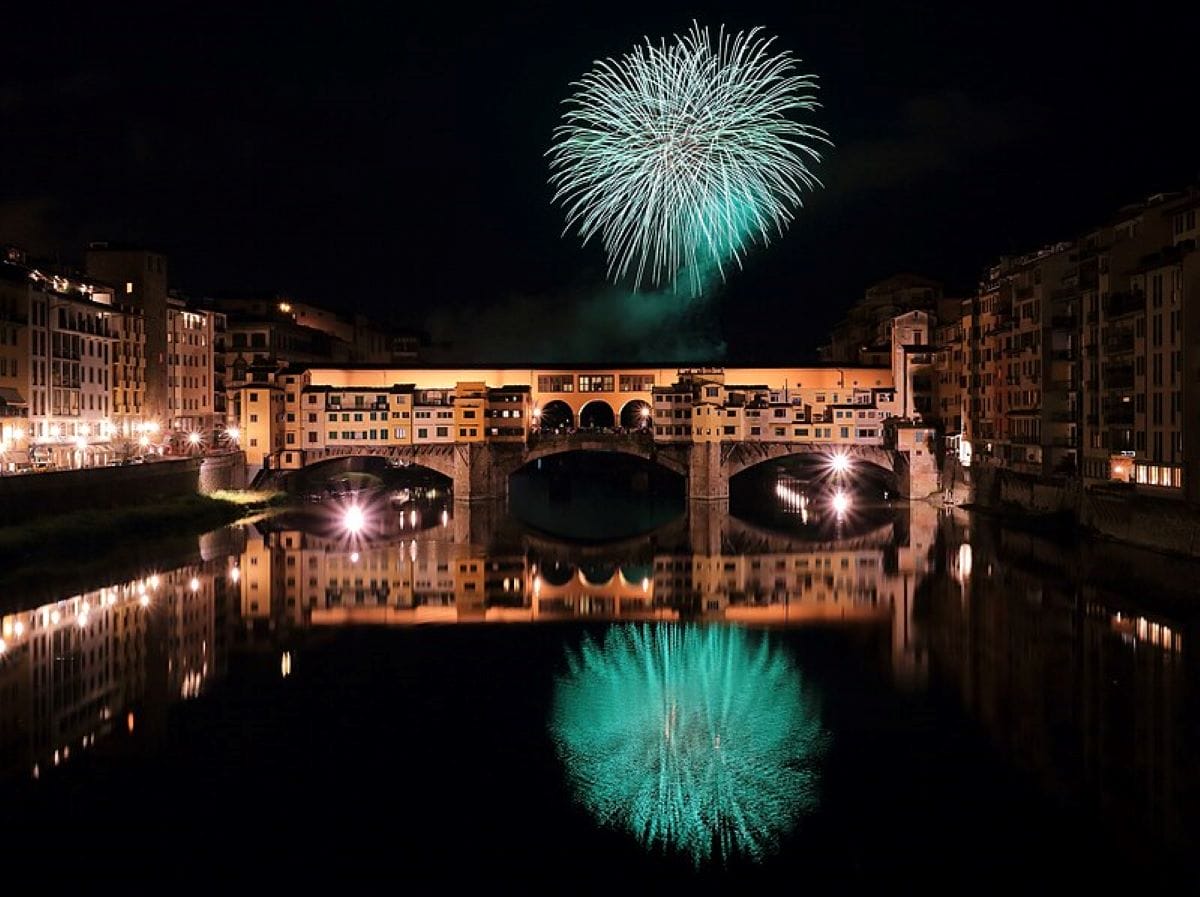
Lucky enough to be in Florence for New Year’s? Don’t miss the fireworks over Ponte Vecchio!
Table of Contents
ToggleCommon Italian New Year Traditions
Out with the old: Banishing bad luck the Italian way
Traditionally, here’s how Italians, particularly in southern Italy, have launched their celebrations on New Year’s Eve: by throwing old pots, pans, clothes, appliances, even furniture out the window. Really!
This unique Italian New Year tradition is meant to symbolize “letting go” of past unhappiness to prepare yourself for the future. Although most Italians have abandoned the tradition, do watch your head on the streets of Naples on New Year’s Eve!
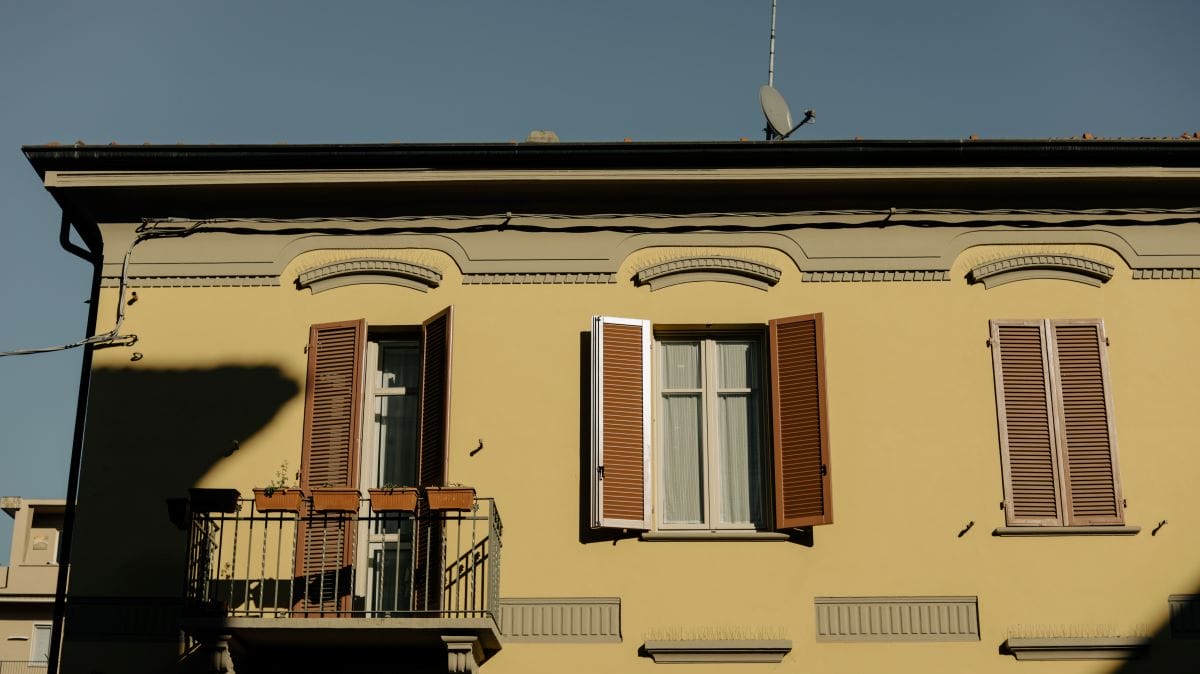
If you’re in Italy on New Year’s, don’t be surprised if you see things flying out of open windows! One of our favorite Italian New Year traditions, this is one activity that’s not to be missed. Photo credit: Sara Cudanov
Festive feast: Italian New Year dinner traditions
In Italy, a traditional New Year’s Eve meal is all about symbolizing abundance, reflecting the hopes for prosperity and good fortune in the coming year. Each dish carries a special meaning, with ingredients chosen to bring luck, wealth, and happiness. Depending on the region, you’ll find a variety of iconic Italian foods on the table, including:
- Risotto in bianco (white risotto): In Piedmont, rice symbolizes coins and prosperity. This makes risotto a popular choice for the occasion.
- Lentils: Found in many dishes across Italy, lentils also represent wealth due to their coin-like shape.
- Cotechino: A large pork sausage, boiled over low heat for hours, traditionally served with lentils. The famous cotechino from Modena holds IGP (legally protected) status but is also popular in Lombardy, Molise, Trentino, and Veneto.
- Zampone: Another sausage dish, stuffed into a hollowed-out pig’s trotter. When sliced, the pieces resemble coins, symbolizing – you guessed it – prosperity.
- Tortellini in brodo: A comforting dish of stuffed pasta served in a flavorful broth, often a highlight of New Year’s meals.
- Fish and seafood: Particularly along the coasts, dishes featuring fish and seafood are believed to bring good luck and are a common part of the festive menu. Some of the most popular Italian Christmas foods, you’ll find fish and seafood on Italian tables through late December and early January.
These dishes not only delight the taste buds but also carry the hopes and wishes for a prosperous new year, rooted in Italian tradition.
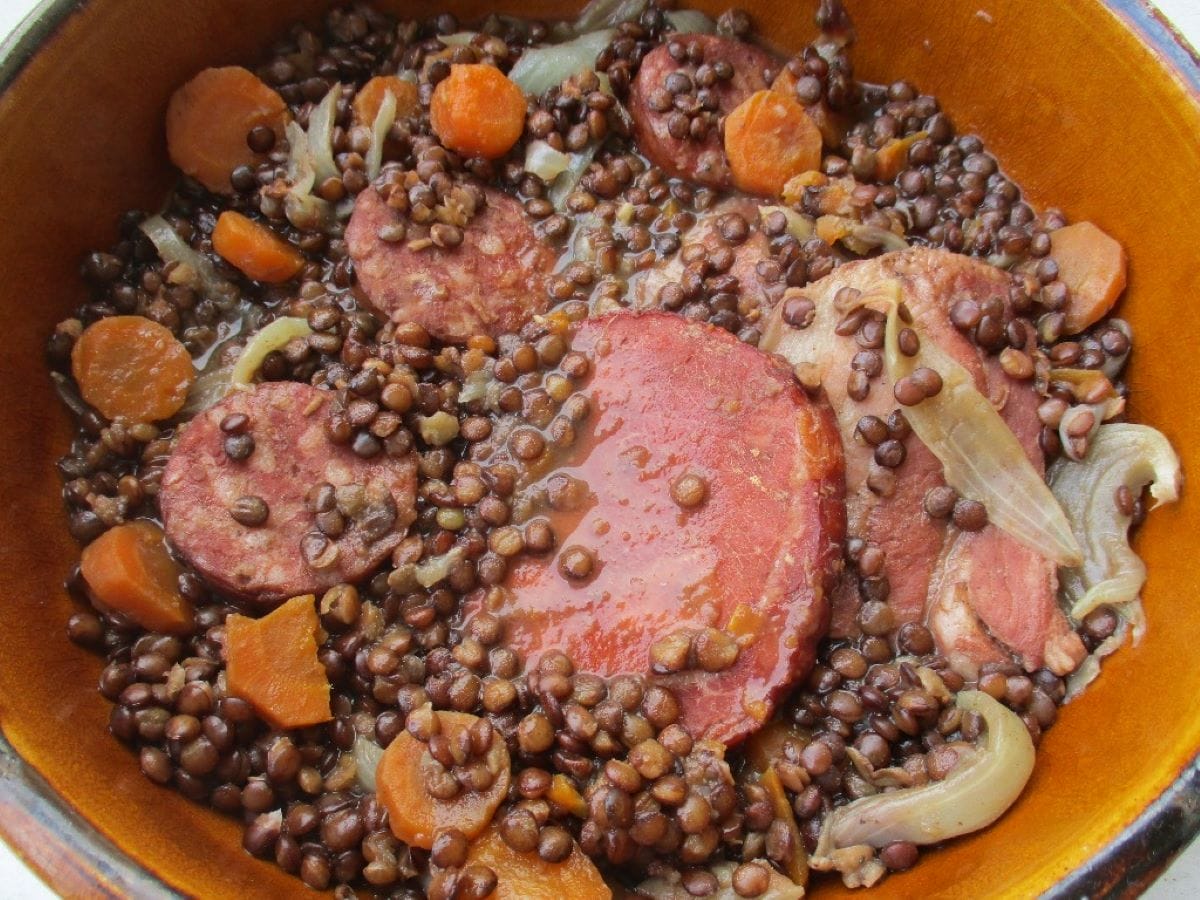
One dish that’s common on tables in Italy on New Year’s is lentils with cotechino, a type of pork. Photo credit: Arnaud 25
Sweet treats for the New Year: Panettone to pandoro
No Italian New Year’s celebration is complete without indulging in traditional sweet treats, with panettone taking center stage. This iconic, dome-shaped sweet bread, studded with raisins and candied fruits, is a must-have during the festive season, symbolizing prosperity and togetherness.
Other regional favorites include pandoro, a star-shaped, buttery cake often dusted with powdered sugar, and torrone, a chewy nougat made with honey, nuts, and egg whites. These desserts are typically served as a finale to the lavish New Year’s Eve feast, paired with a glass of sparkling Prosecco or Spumante to toast the arrival of the new year. Whether shared at home or gifted to loved ones, these sweets embody the joy and abundance Italians hope for in the year ahead.
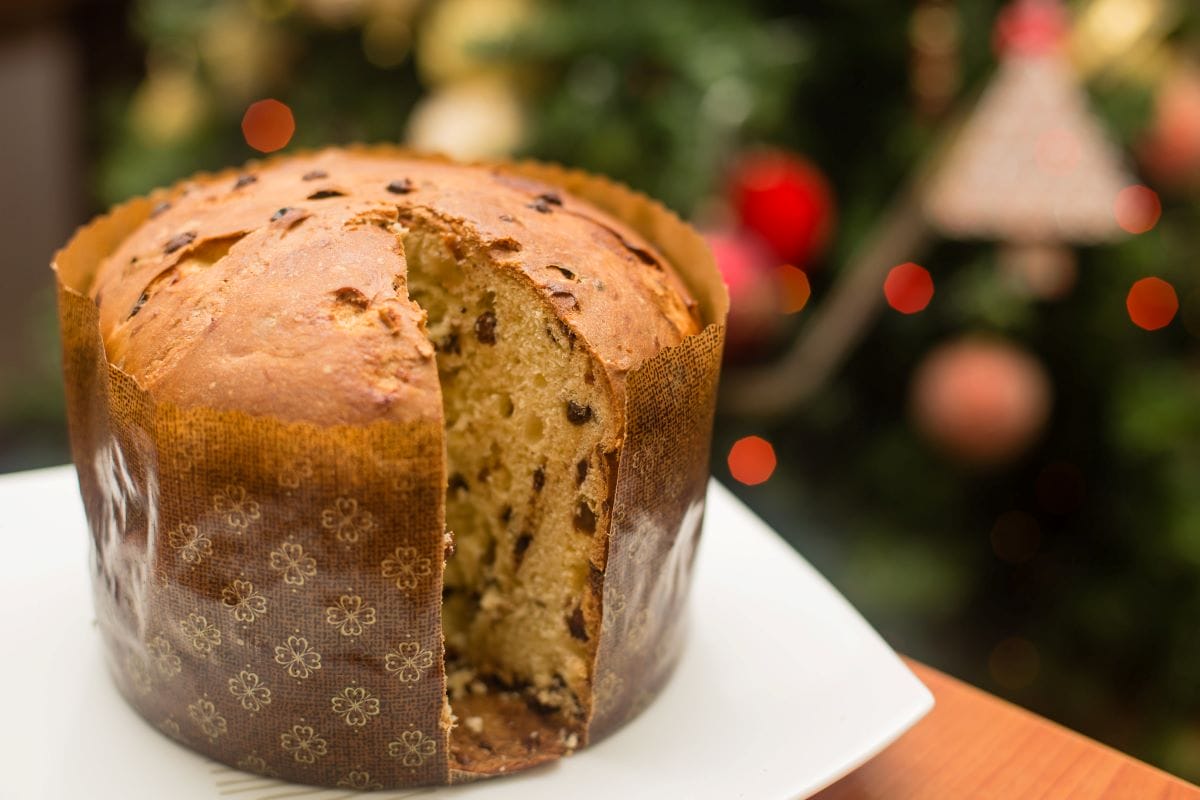
One things you’ll find in almost any household on New Year’s in Italy? Panettone, glorious panettone. Photo credit: N I C O L A
Exchanging gifts and treats: Symbols of Italian good fortune
To ensure a sweet new year, ancient Romans gave each other jars of dates and figs in honey, along with a bay branch for good fortune. Guess what? This hasn’t changed much, at least in Naples, where people exchange figs wrapped in laurel leaves.
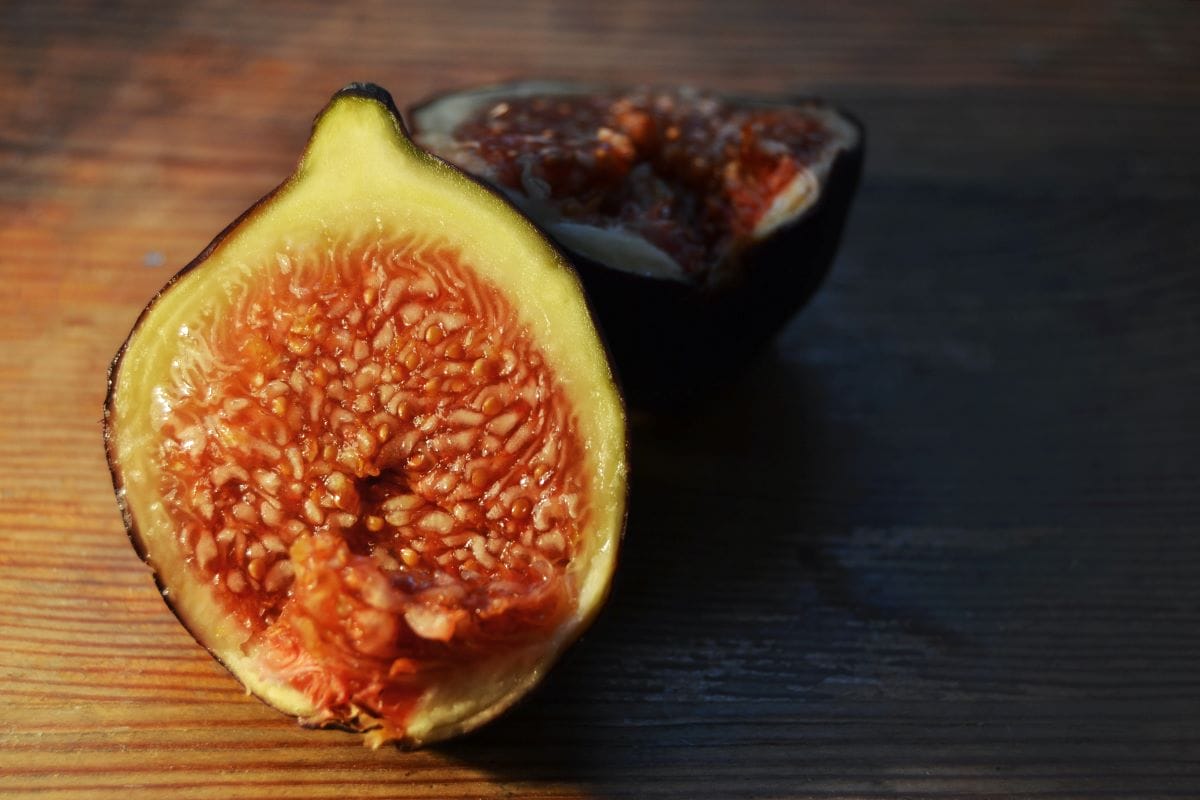
Figs are popular in Italy and have been a part of the country’s culinary traditions for centuries, including at New Year’s. Photo credit: Weronika Romanowska
Lighting up the sky: Italian New Year fireworks
Fireworks and lots of noise also “scare” the bad spirits away. So, of course, expect lots of fireworks on New Year’s Eve. Practically every city and town puts on a dazzling display. On a riskier note, families and groups of friends will often host their own, or simply throw firecrackers. So be careful walking around!
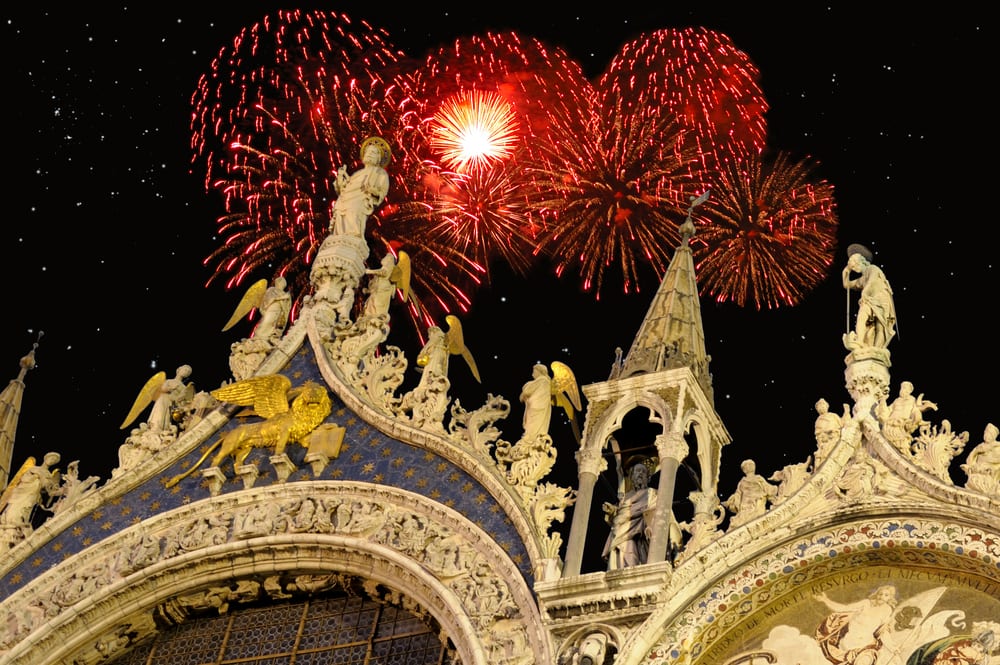
One of our favorite Italian New Year’s traditions is the fireworks show, like this one in Venice.
Wearing red for luck: An Italian New Year’s Eve tradition
Wearing red underwear on New Year’s Eve is an Italian tradition said to bring love, luck, and fertility in the year ahead. The tradition dates back to ancient times and remains a fun, superstitious custom.
It’s common to spot an abundance of red undergarments displayed in shop windows during this season. If you’re one to embrace superstitions, consider getting yourself a pair.
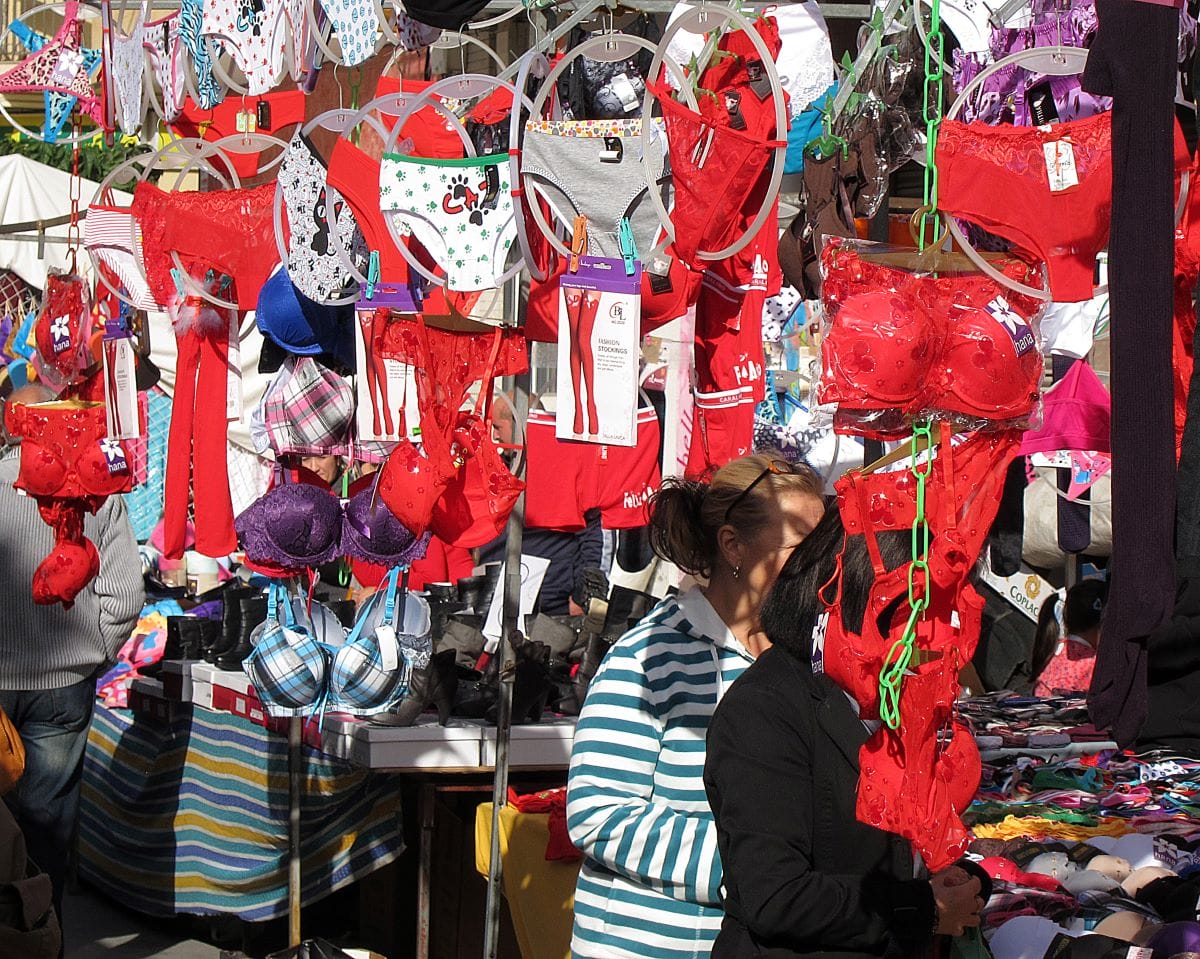
Did you know that one of the Italian New Year traditions is wearing red underwear on the last day of the year? The color red is believed to bring good luck and prosperity for the coming year. Photo credit: Keith Williamson
Keeping the flame alive: The Italian yule log tradition
Another tradition for some people in Italy is to fire up the Christmas log on the last day of the year. Turns out, evil spirits don’t like fire. It’s also a gesture of invitation to the Virgin Mary, who can warm newborn Jesus next to the warm flames. Afterwards, according to tradition, families would use the ashes as charms to protect the house from damage.
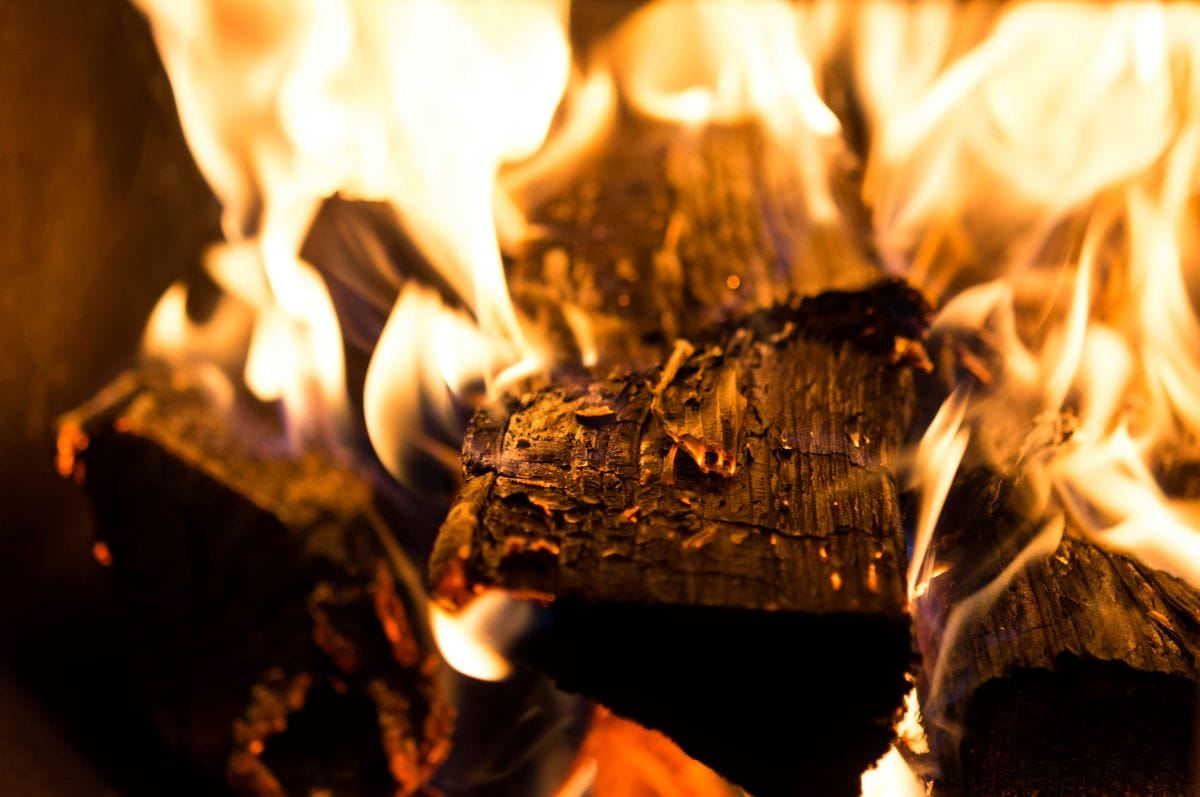
Having a fire during the holidays is one way to keep things cozy, although it’s not as famous as some of the other Italian New Year traditions. Photo credit: Nanna Moilanen
FAQ: Celebrating New Year’s in Italy
Are there any specific superstitions Italians follow for New Year?
Yes, Italians follow several superstitions during New Year’s. For example, throwing old or unwanted items out of windows symbolizes letting go of the past. Some also believe starting the year with money in your pocket ensures financial stability.
What are the most popular cities to celebrate New Year’s in Italy?
Rome, Milan, Venice, and Florence are popular destinations for New Year’s celebrations. These cities host grand events, including fireworks, concerts, and festive dinners. Smaller towns often have unique local traditions.
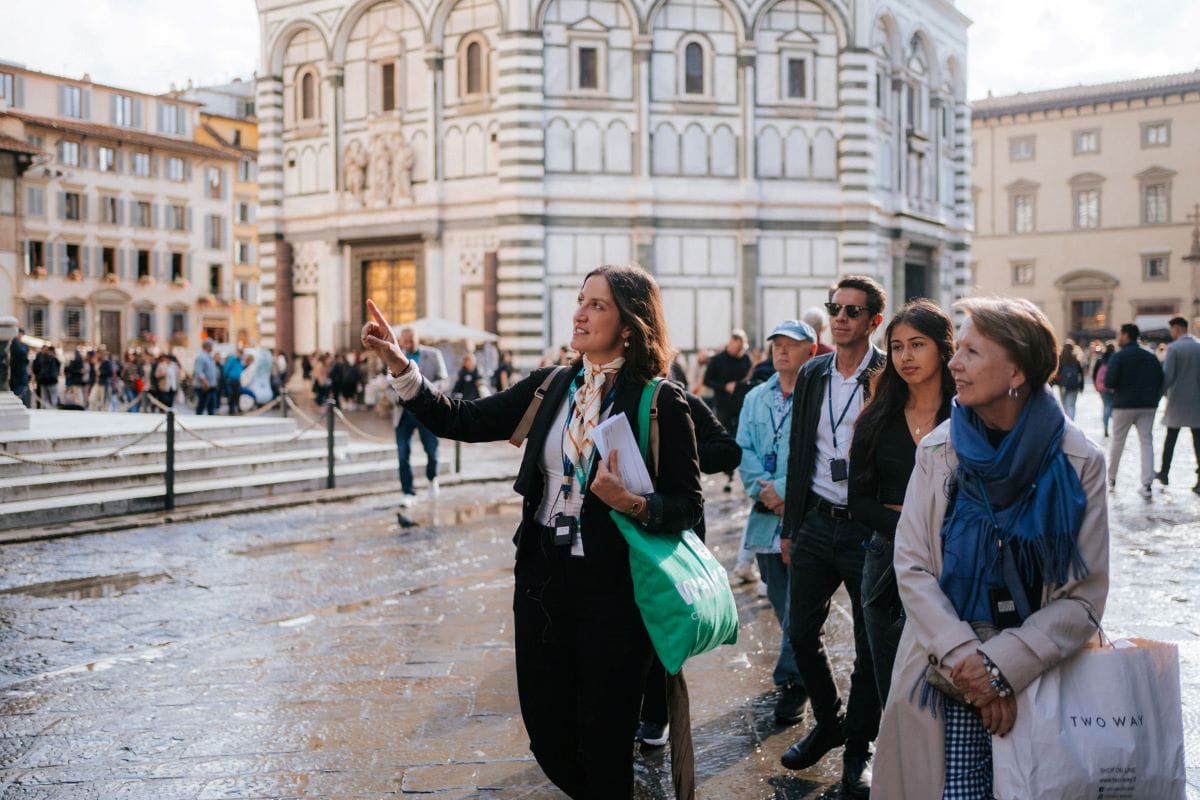
Florence is a popular city for celebrating New Year’s in Italy. Just don’t throw any pots or pans off the Ponte Vecchio!
Is New Year’s Eve in Italy family-oriented or more about parties?
New Year’s Eve, or “La Festa di San Silvestro,” is often spent with family for a festive meal. After dinner, many Italians head out to join public celebrations, watch fireworks, or attend parties with friends.
Do Italians make New Year’s resolutions?
While New Year’s resolutions aren’t as formalized in Italian culture as in some other countries, many Italians still reflect on their goals and hopes for the coming year during this time.
What do Italians eat on New Year’s Eve?
Italians traditionally eat a hearty meal on New Year’s Eve that includes dishes like lentils (symbolizing wealth), cotechino (a type of sausage), and zampone (stuffed pig’s trotter). These foods are believed to bring prosperity and good fortune in the coming year.
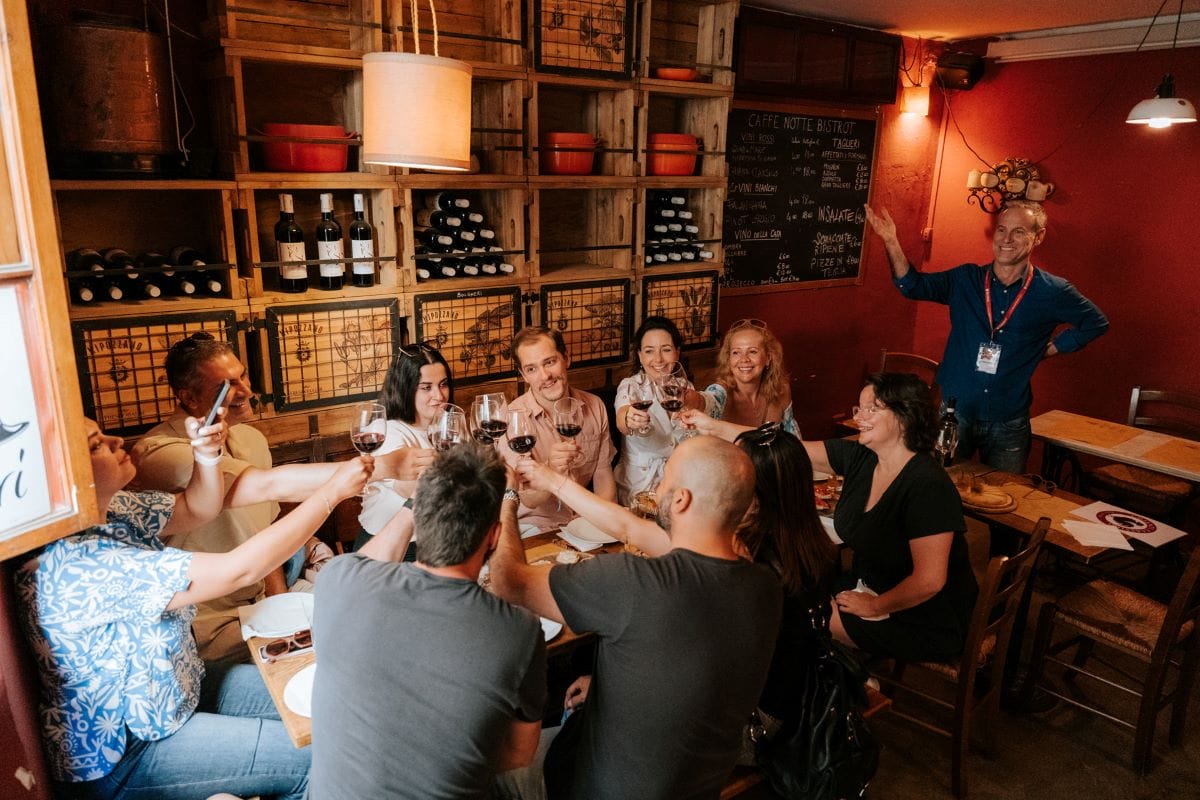
Spumante, or sparkling wine, is a common drink on New Year’s Eve in Italy. However, all drinks can be found; we’re fond of red wine for any special meal!
Are there any unique New Year’s Eve celebrations in Southern Italy?
In Southern Italy, coastal towns often celebrate with bonfires and spectacular fireworks displays over the water. Some places also have unique local customs, such as group dances or special church services.
What is the significance of fireworks during New Year’s in Italy?
Fireworks are a central part of Italian New Year’s Eve celebrations. They are believed to ward off evil spirits and bring good luck for the year ahead. Many towns and cities put on large public displays.
Can visitors join public New Year’s celebrations in Italy?
Absolutely! Most major cities and towns have open-air events that are free for everyone to enjoy, including tourists. These range from live music and street performances to communal fireworks shows at midnight.
Celebrating New Year’s in Italy? We wish you many happy meals, toasts with Spumante, and the anticipation of a prosperous new year! No matter where the new year takes you, we hope you’ll consider one of our tours – in Italy or beyond!
Update Notice: This article was updated on December 22, 2024.
by Chiara R.
View more by Chiara ›Book a Tour
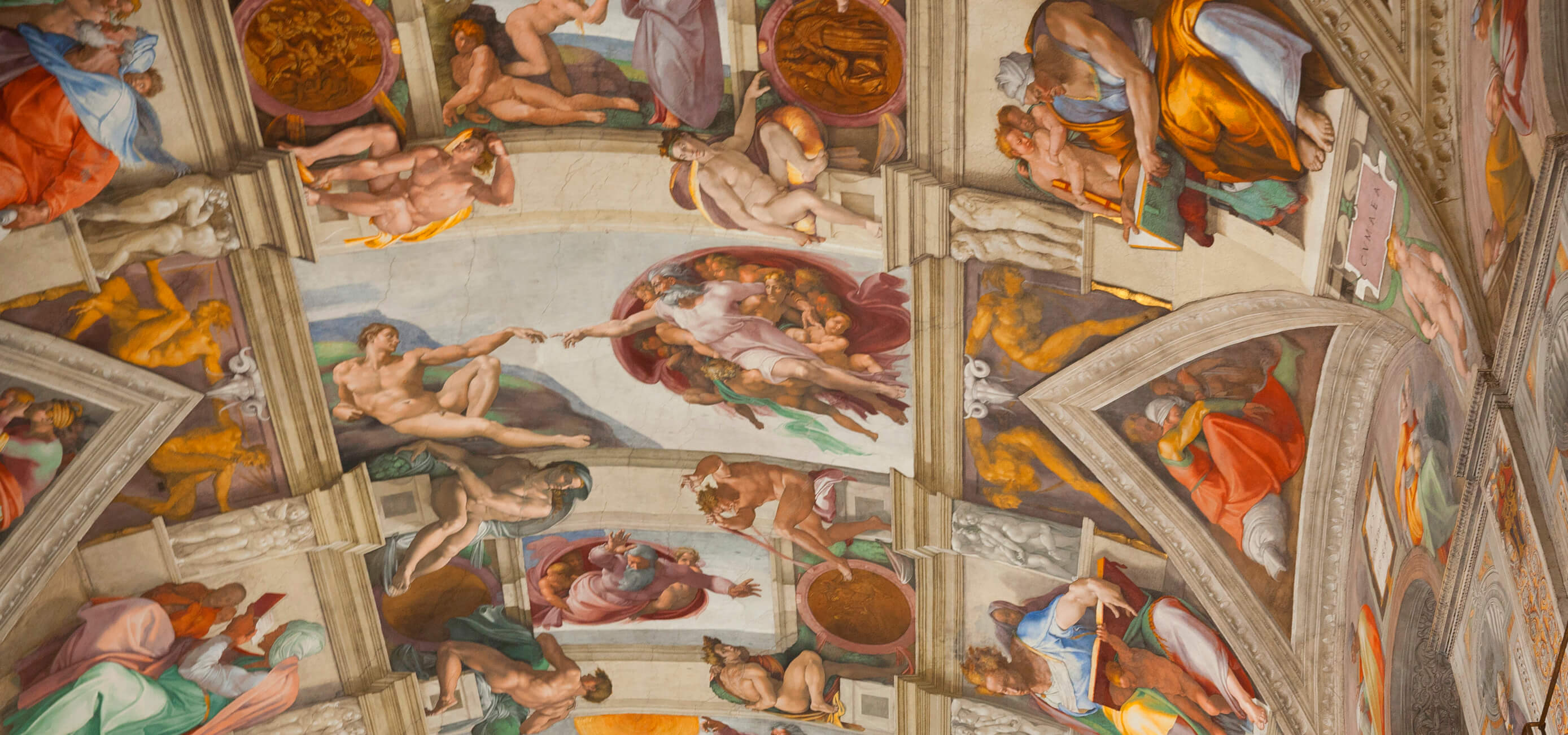
Pristine Sistine - The Chapel at its Best
€89
1794 reviews
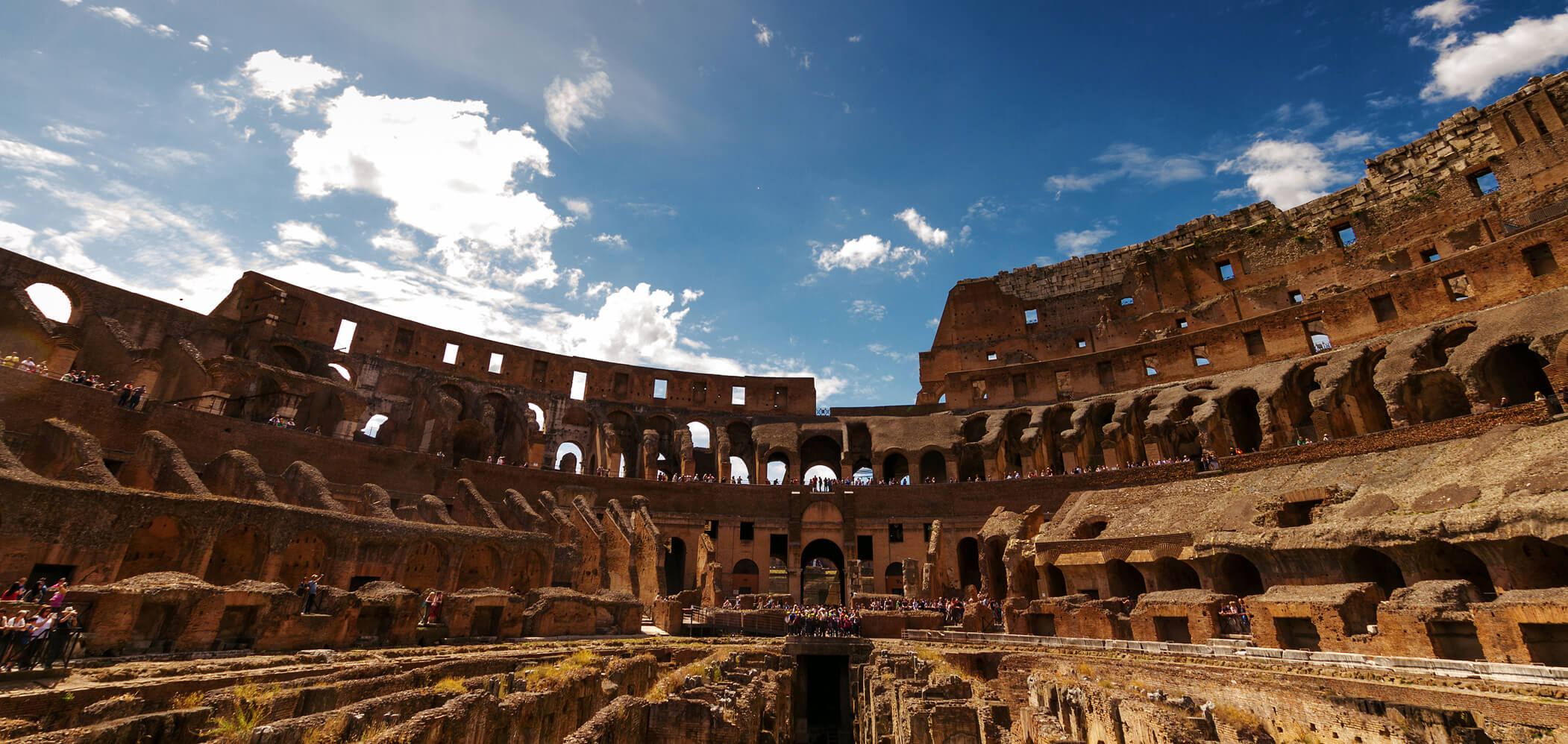
Premium Colosseum Tour with Roman Forum Palatine Hill
€56
850 reviews
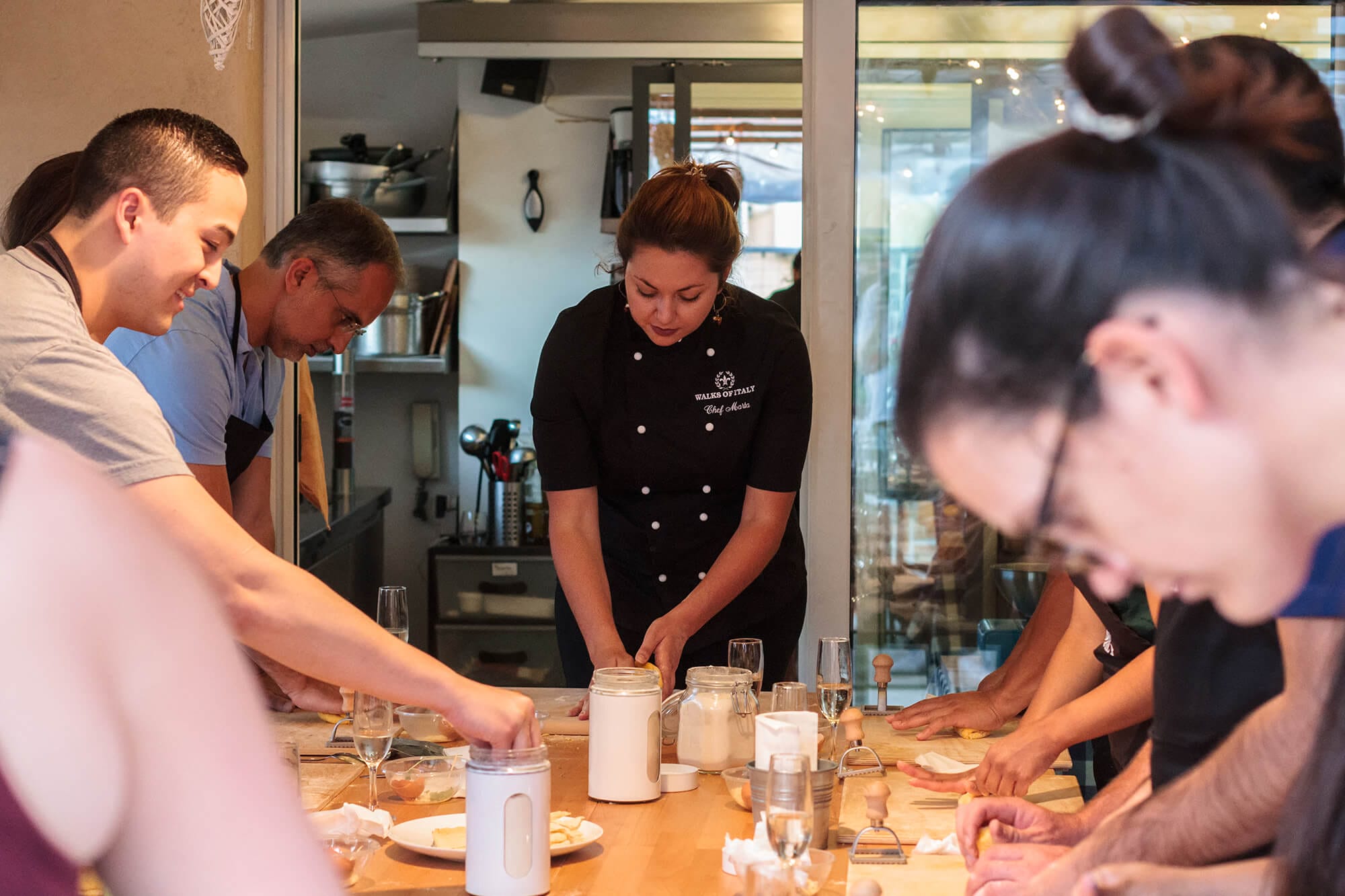
Pasta-Making Class: Cook, Dine Drink Wine with a Local Chef
€64
121 reviews
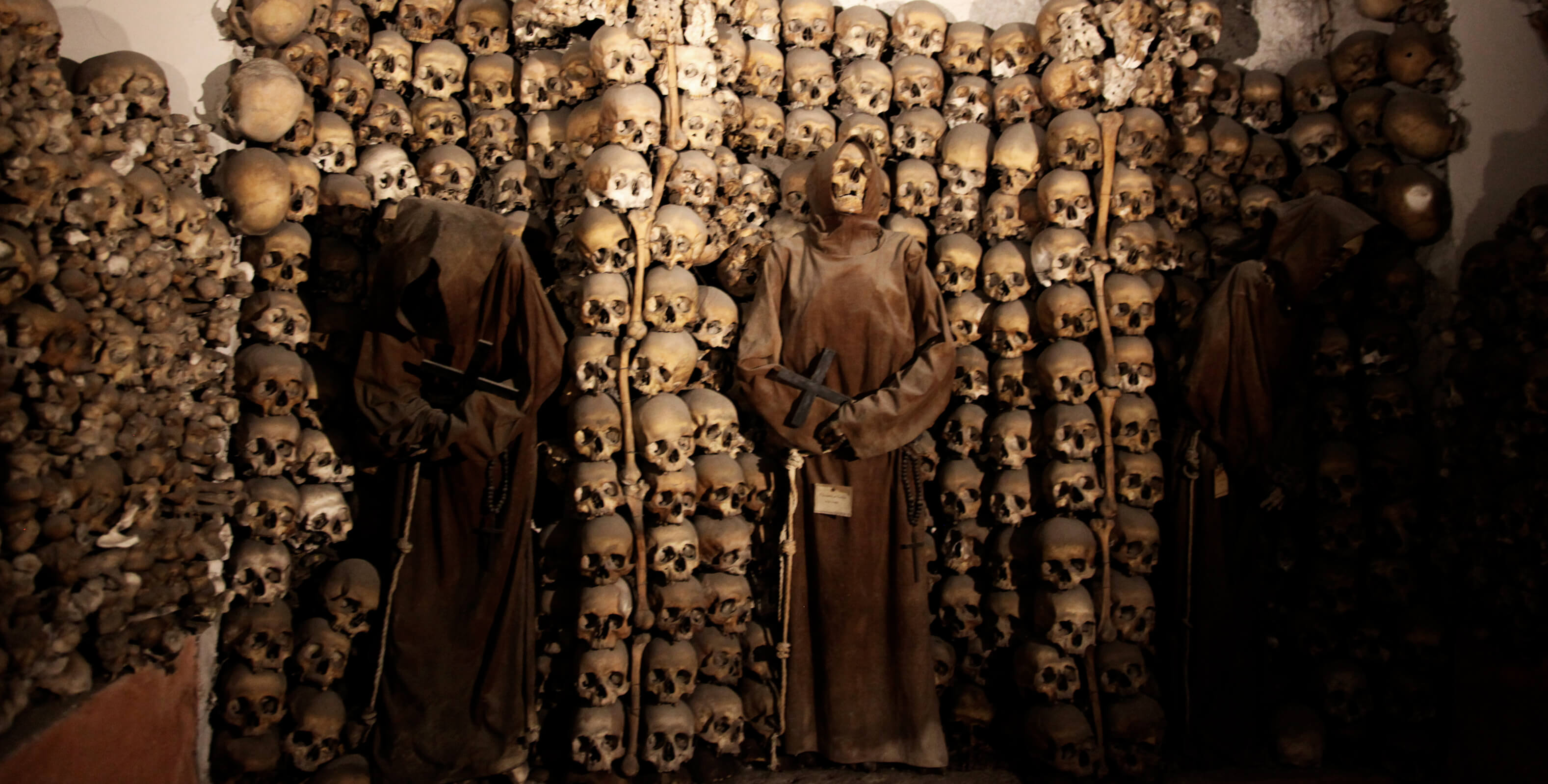
Crypts, Bones Catacombs: Underground Tour of Rome
€69
401 reviews
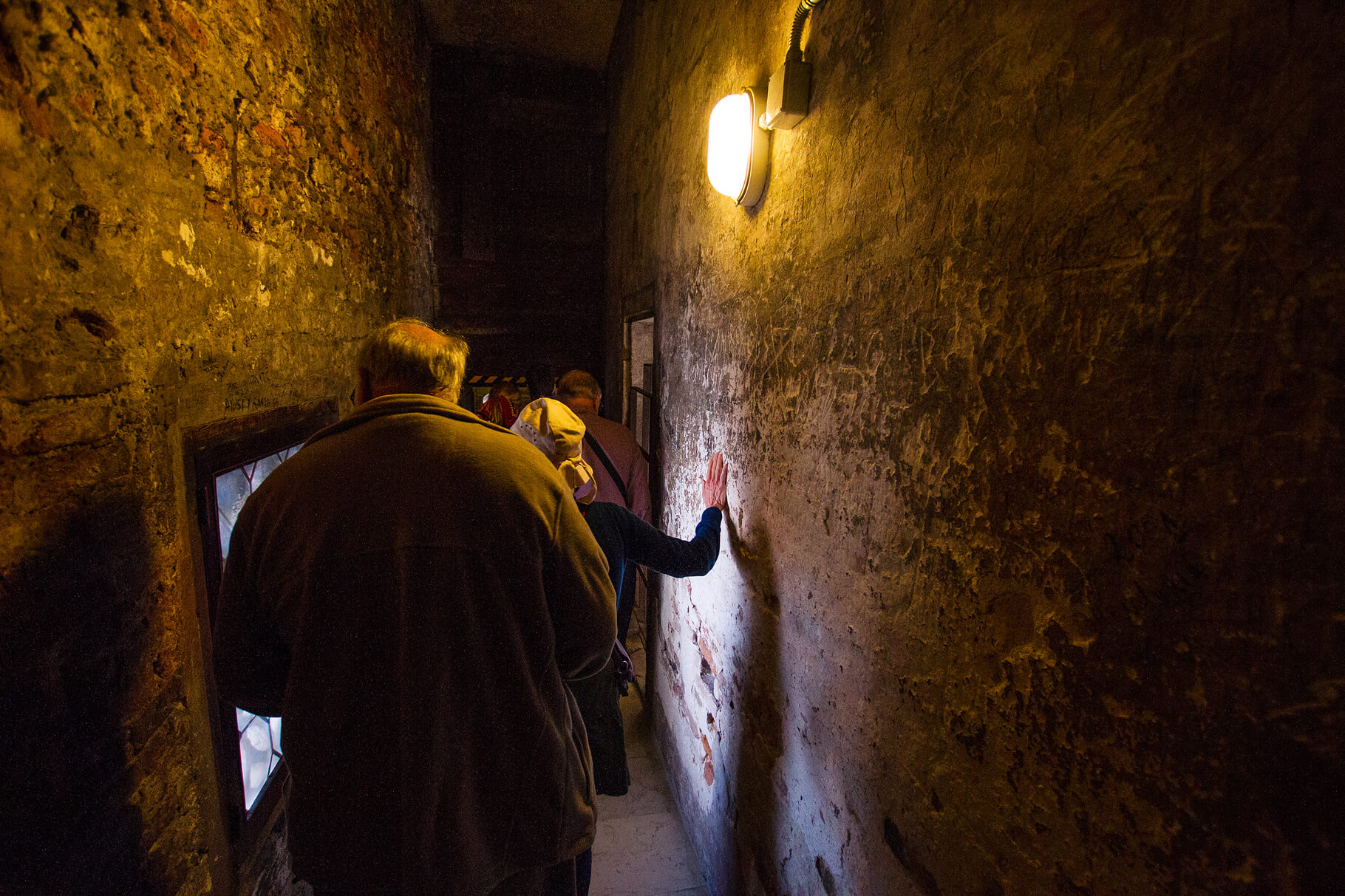
VIP Doge's Palace Secret Passages Tour
€79
18 reviews
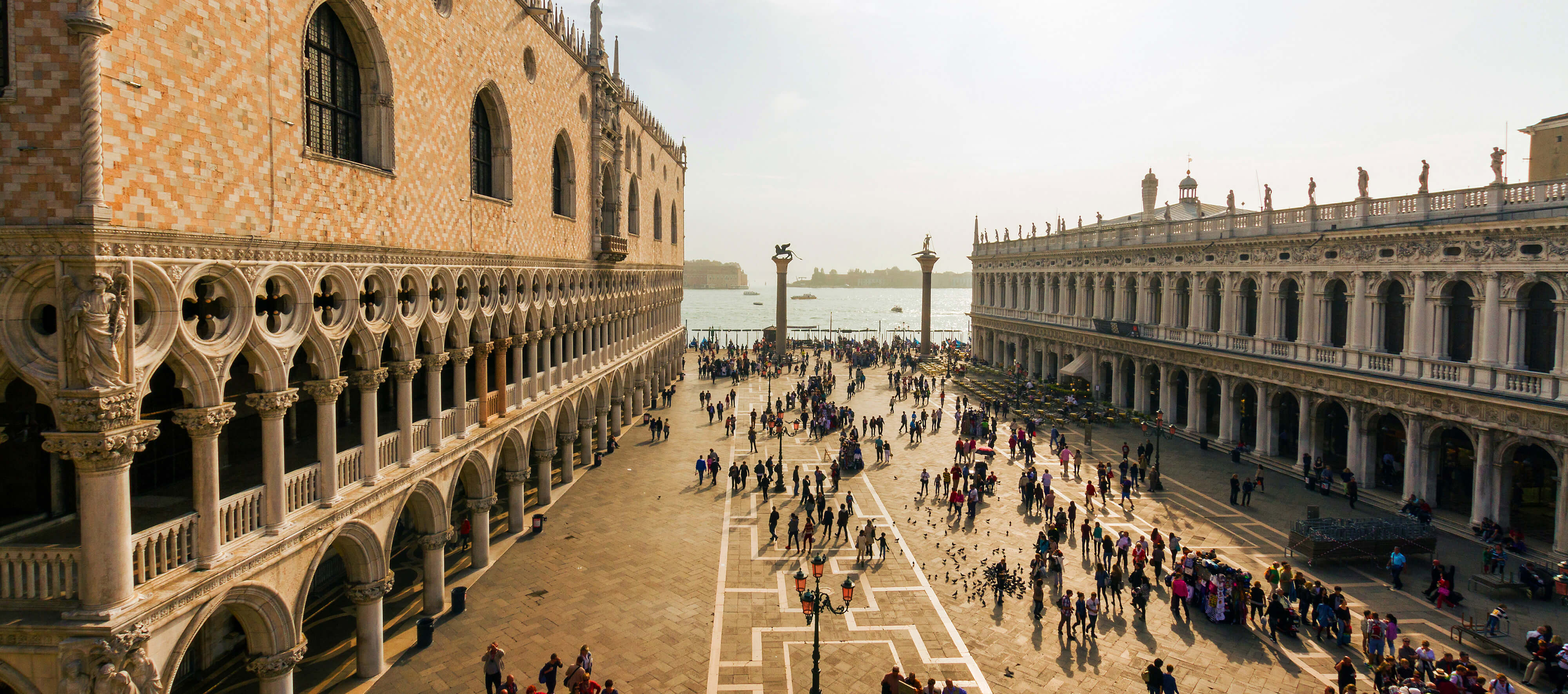
Legendary Venice: St. Mark's Basilica, Terrace Doge's Palace
€69
286 reviews

